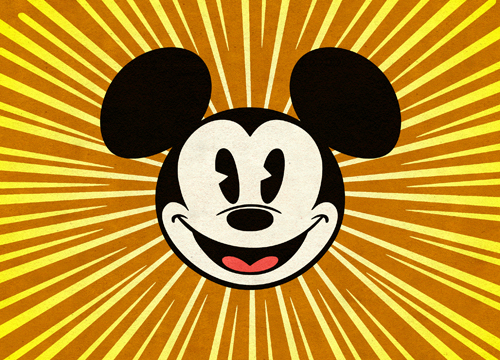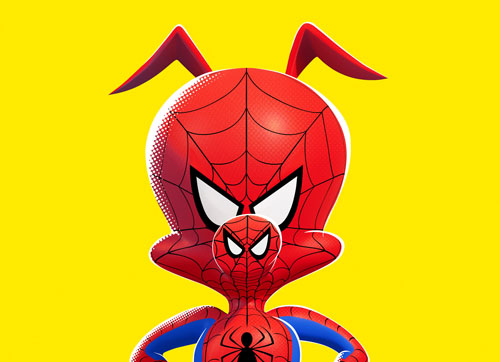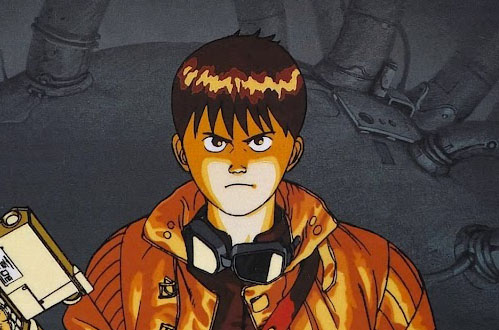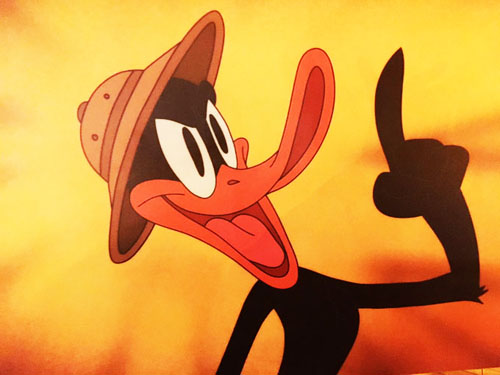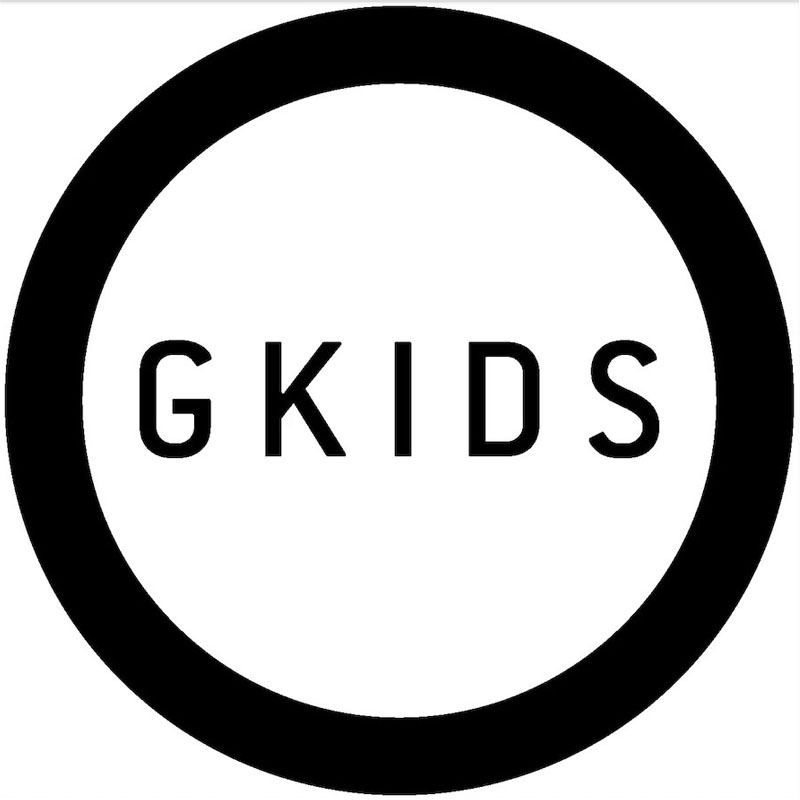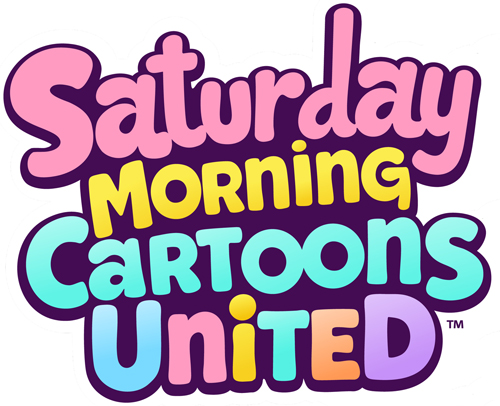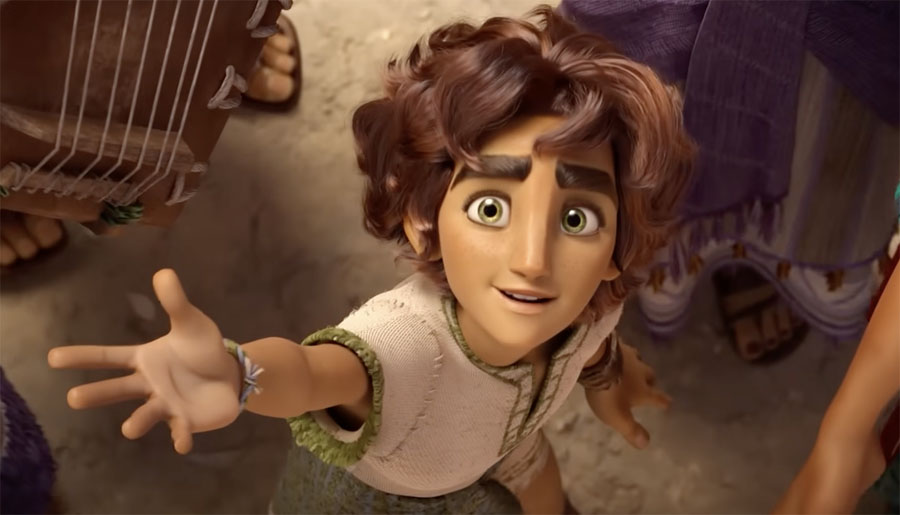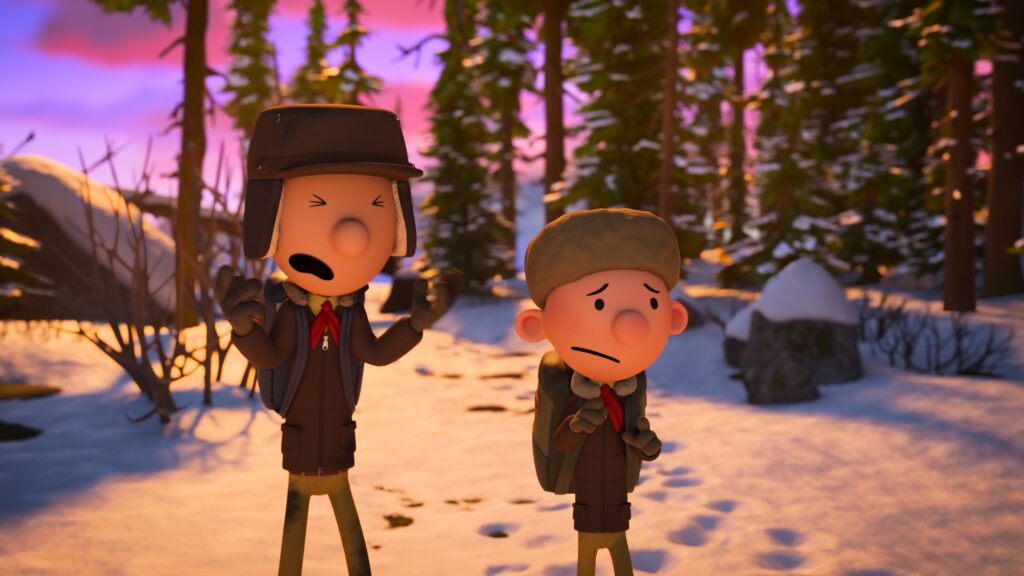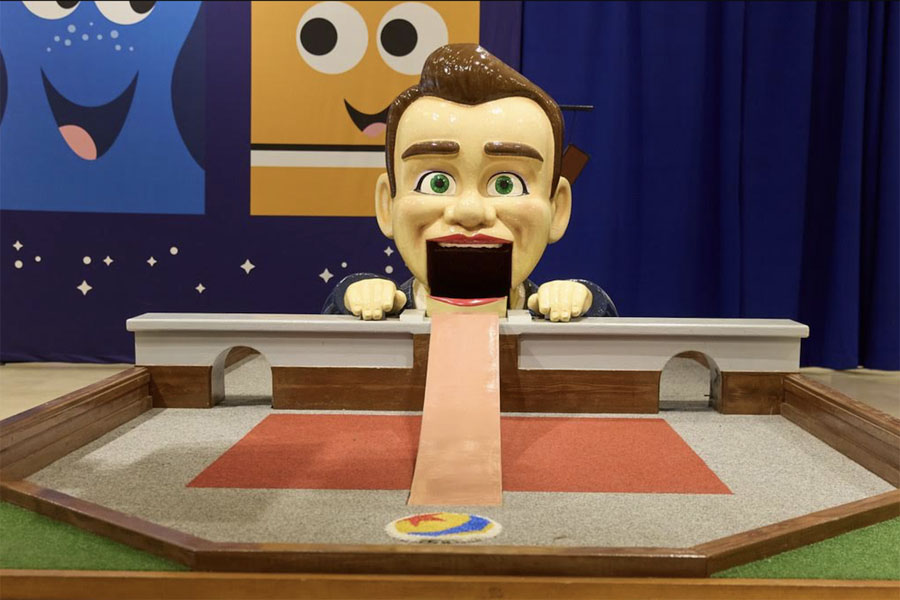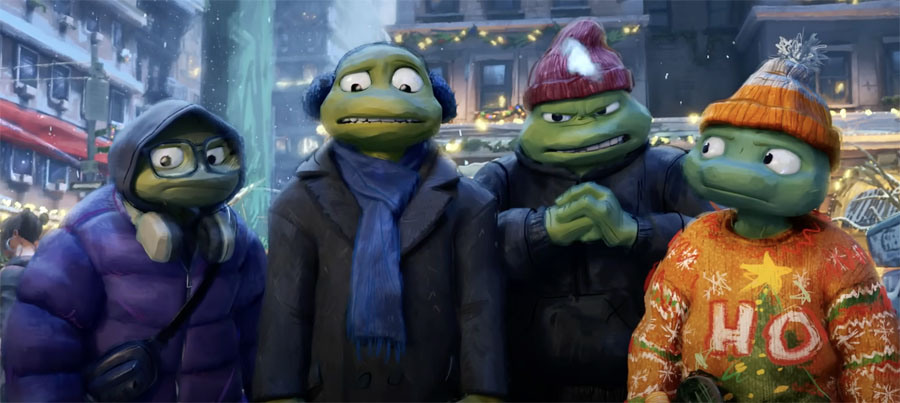The Fabric of You comes from writer/director Josephine Lohoar Self. After making waves overseas, this stop-motion short is vying for Best Animated Short Film awards consideration in America. Self’s bold story, about the memories of two male mice falling in love in the ’50s, is structured with a great deal of thought and attention to detail.
Jackson Murphy: What initially got you interested in animation, and in particular, stop-motion animation?
Josephine Lohoar Self: I was studying Fine Arts at The Glasgow School of Art, and initially went into the course doing big, figurative paintings. In my second year, I was introduced to the animation module. I got into 2D animation. It was a fine arts course, so they didn’t really teach animation. It was very much like teaching myself animation. After I graduated, I got funding to make The Fabric of You, so that was a bit of a baptism by fire for me.
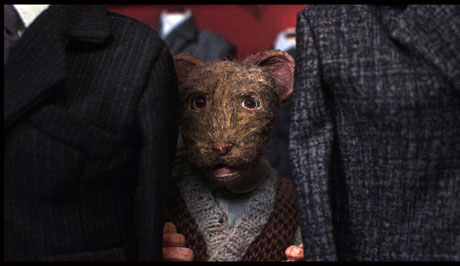
JM: That’s amazing.
JLS: Thank you.
JM: My favorite movie of 2019 was Wild Rose. I loved learning about the country music scene in Glasgow. What is the animation scene like in Glasgow?
JLS: It’s quite small. There’s definitely more of an animation scene in Edinburgh. A lot of people who worked on our film hadn’t worked on animation before. And because I was self-taught, anyone who worked on stop-motion in Glasgow, I was trying to reach out to them. I hadn’t used Dragonframe before, which is the stop-motion software.
JM: This film has a very personal story: two male, Gay, anthropomorphic mice fall in love in the 1950s. What inspired you to go with this concept?
JLS: I was influenced by quite a few different sources. I looked at the graphic novel Maus by Art Spiegelman and also A Contract with God by Will Eisner. The setting of the film was really influenced by those graphic novels. And when it came to the story, I initially wrote it as two heterosexual mice. But then I just thought there’s so little representation of LGBTQ characters, I was like, “I might as well make them men.” It’s a desire to see more representation on screen.

JM: The impact is really strong and it made me think about memories. They’re interesting because there are some things we want to remember fondly. And there are other times when something pops into my head and I just cringe. I don’t want to think about that again. What do memories do for you?
JLS: I always try to figure out whether I’m quite like a nostalgic person. I think I’m definitely quite reflective and someone who looks into the future a lot. When you’re making films, you’ve always got to be quite a big dreamer and ambitious: “How can I be furthering myself as a filmmaker?” Being in this profession, you’re very outward looking, but also when it comes to making projects (and especially in script writing), you have to be quite inward looking and reflect on your life a lot. Memories are a really interesting subject, especially when it comes to relationships. Just after I wrote the script, I broke up with my boyfriend. I was also exploring memory and how it’s shaped once you depart from someone that you’ve spent a long time with.
JM: I can definitely see that through it. And a bold visual choice for Michael and Isaac to have the bodies of humans but the faces of mice.
JLS: Maus was inspiration stylistically, and I also read a short story by Franz Kafka called Josephine the Singer, or the Mouse Folk. It has these anthropomorphic mice characters in it as well. And I was also thinking a lot about Animal Farm and how these anthropomorphic characters can be used to convey larger themes about humanity and how they can be more empathetic characters. Often the story is told from the perspective of animals and we empathize with them a lot quicker. I was interested in doing that and just doing something a bit different and creating a dystopian world.
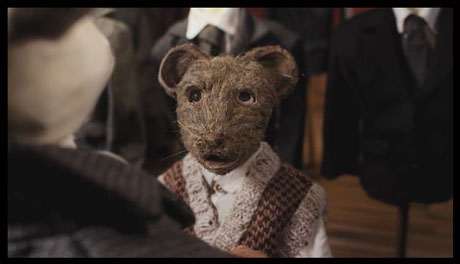
JM: A lot of The Fabric of You reminded me of Phantom Thread, the Daniel Day-Lewis film from 2017: the old-fashioned setting and the fashion world with the suits (and the music). Did you think a lot about the fashion of the time?
JLS: I really enjoyed that film. I looked at 1950s fashion. McCarthyism was really big then. The fashion reflects that time. The suits are gray and everyone kind of wants to look the same. Nobody wants to stick out. So I found that really interesting – setting the film then and how these two characters connect… Isaac notices something different about Michael that no one else really sees.
JM: That’s very interesting. Was making the suits more challenging than the character and set design?
JLS: I felt very lucky. We had a really tight schedule so we were trying to make the puppets alongside making the costumes, which is really difficult because you’re trying to fit the costumes around the puppets. The costumes were quite easy. [Head of Costume Design Emma Clifton] sent me designs and I was like, “Yes. No. Yes.” I made the puppets myself. Making the puppets was a little stressful because with stop-motion you have to balance functionality with the style. And I had a really fantastic set designer [Tomas Palmer] who actually went to the same university as me and we’ve been working on things, professionally, together since then. He’s an absolute joy to work with.
JM: And there’s a fast-paced sequence in the middle of the short that’s really well edited.
JLS: We quite rigorously did the animatics of that because the cuts are so important and the build up of that scene. We cut between three timelines, almost. We have the present when Michael is in the apartment, we have his memory of being in the tailor shop and the fantasy he’s having in the tailor shop of his memory.
JM: You do a great job with that. You have another animated short, Gunter Falls in Love. Did this just air on Irish television over the holidays?
JLS: Yeah! It was a bit of a mad turnaround. I pitched it in August. I got commissioned for it in early September, and then they said they wanted it by December 4th. For stop-motion, that’s a mad turnaround! I just moved to Berlin as well, so I had to make this Christmas film in literally [just] over a month with a totally new crew of German folk. I was very lucky with the people I worked with. We did it!
JM: Congratulations. I can’t wait to watch it. The Fabric of You was a BAFTA Scotland award nominee. Here in America, we’re gearing up for the Annie Awards and the Oscars as well in the next few months?
JLS: It would be insane. After we won the Palm Springs International ShortFest Award… it was kind of surreal that we’re longlisted now. We’re launching a Kickstarter to raise the last amount of money for the PR agency we’ve secured for the film. Regardless of what happens with the film, it’s been a really fantastic experience of learning how all of this works.
The Fabric of You by Josephine Lohoar Self. Presented by Creative Scotland. A Scottish Film Talent Network Production © 2019. SFTN is a consortium of the Centre for the Moving Image, DigiCult and Hopscotch Films. The Fabric of You was supported through the UK National Lottery by Creative Scotland and BFI Network
